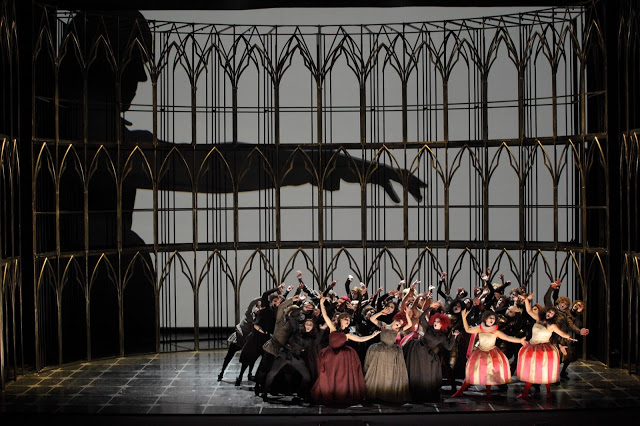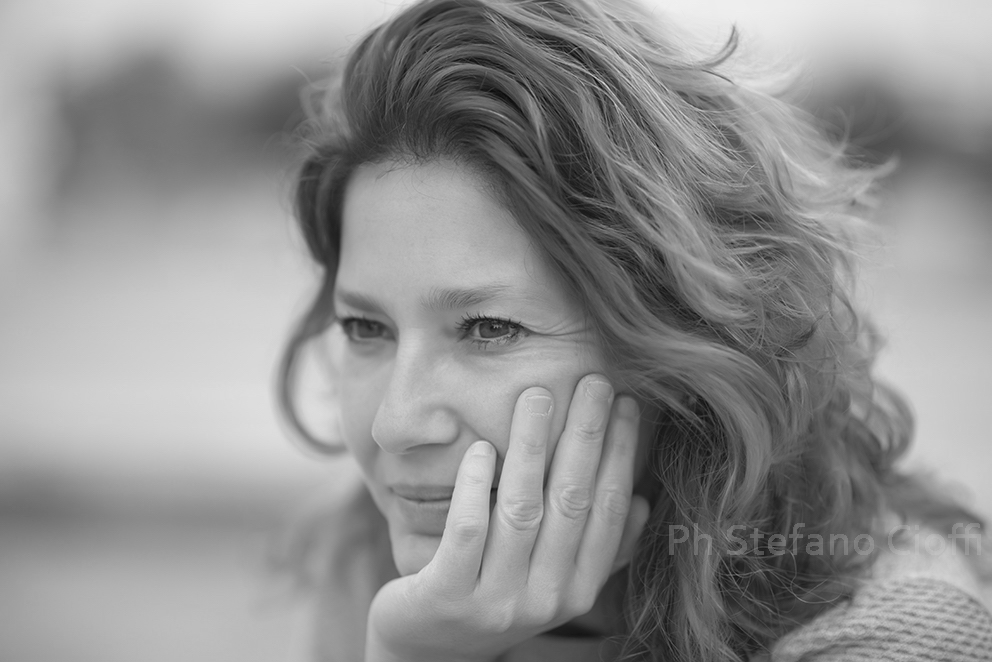Hip Hop meets Baroque:
‘Folia’, Mourad Merzouki’s collaboration with Le Concert de l’Hostel Dieu live from the ‘Nuits de Fourviere’ festival on ARTE WEB. Live at 21:30 local time, and for another 12 months to catch up.
‘Folia’, Mourad Merzouki’s collaboration with Le Concert de l’Hostel Dieu live from the ‘Nuits de Fourviere’ festival on ARTE WEB. Live at 21:30 local time, and for another 12 months to catch up.











